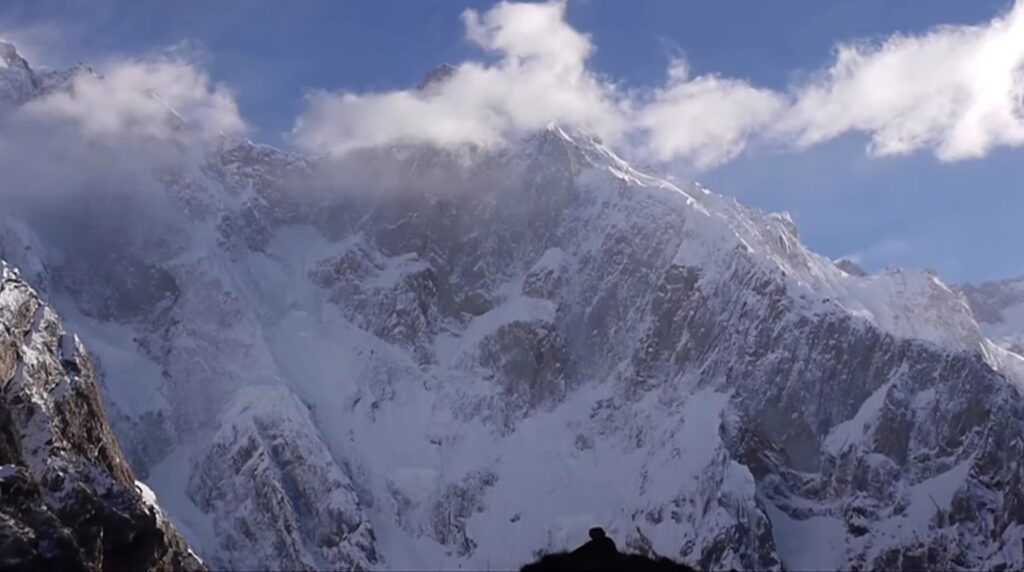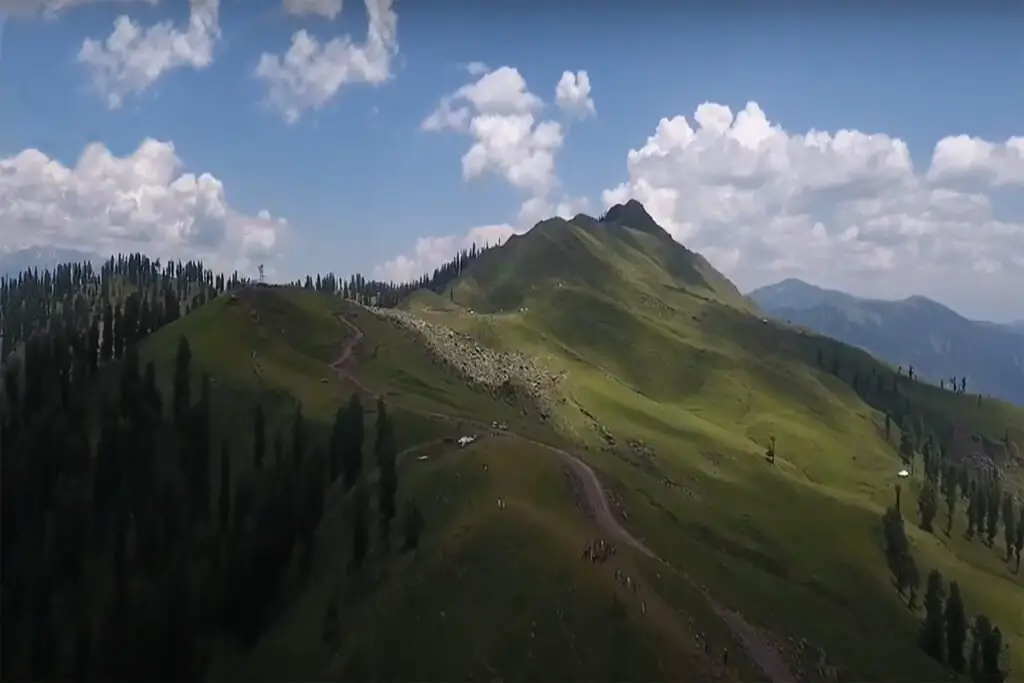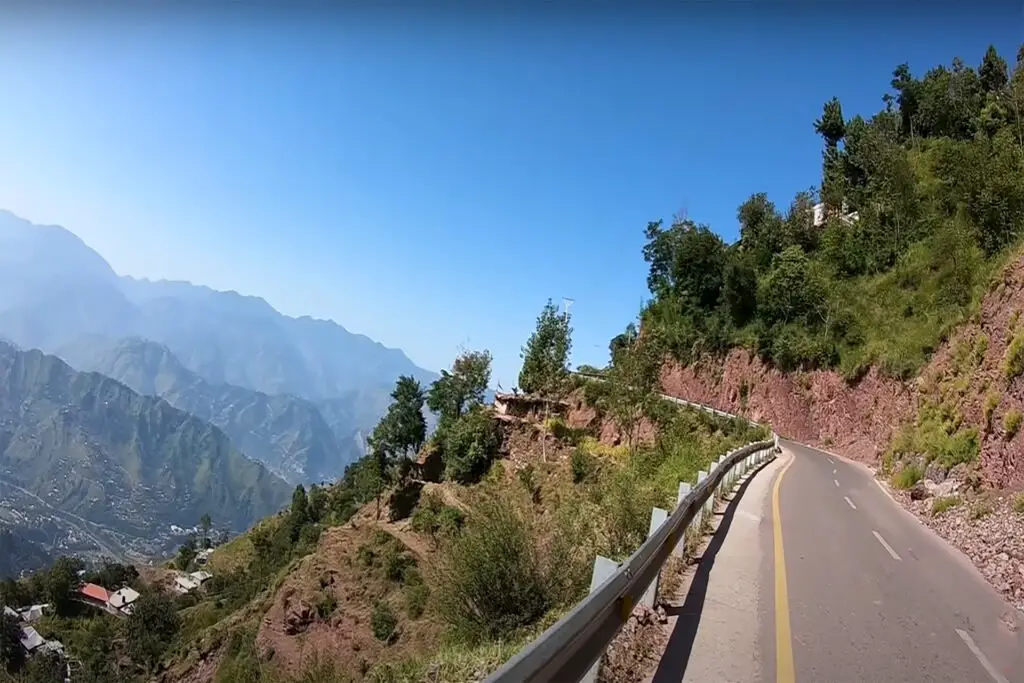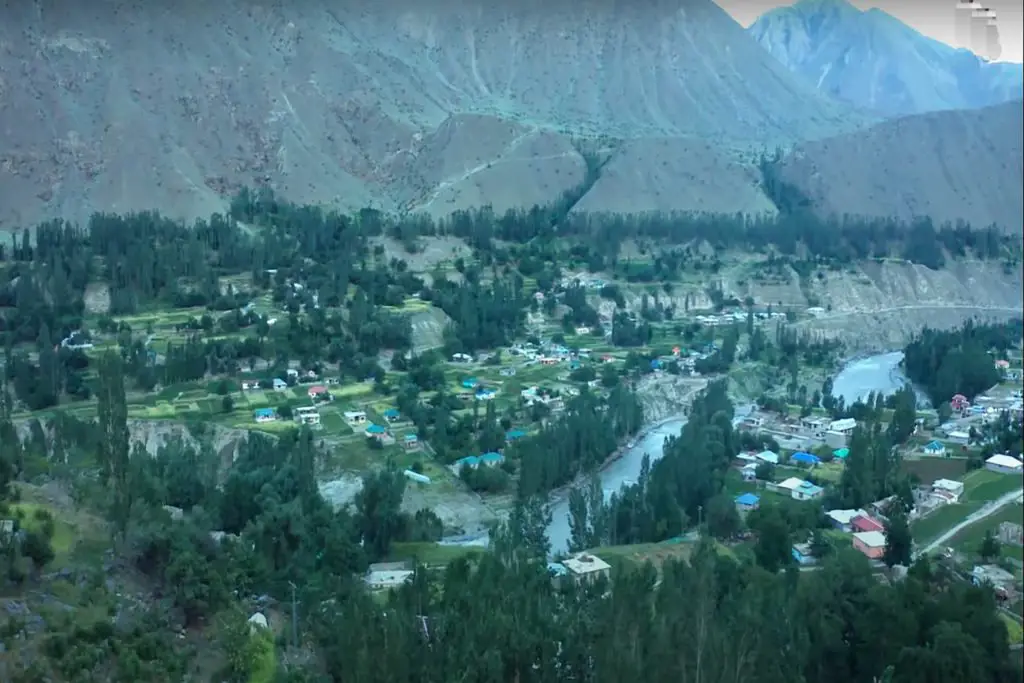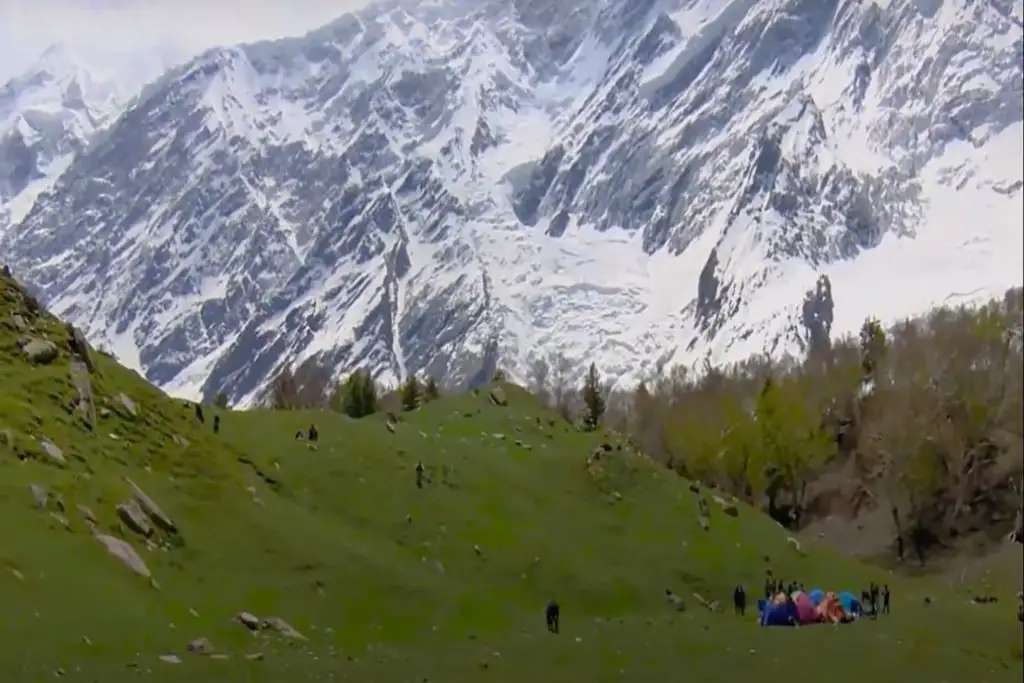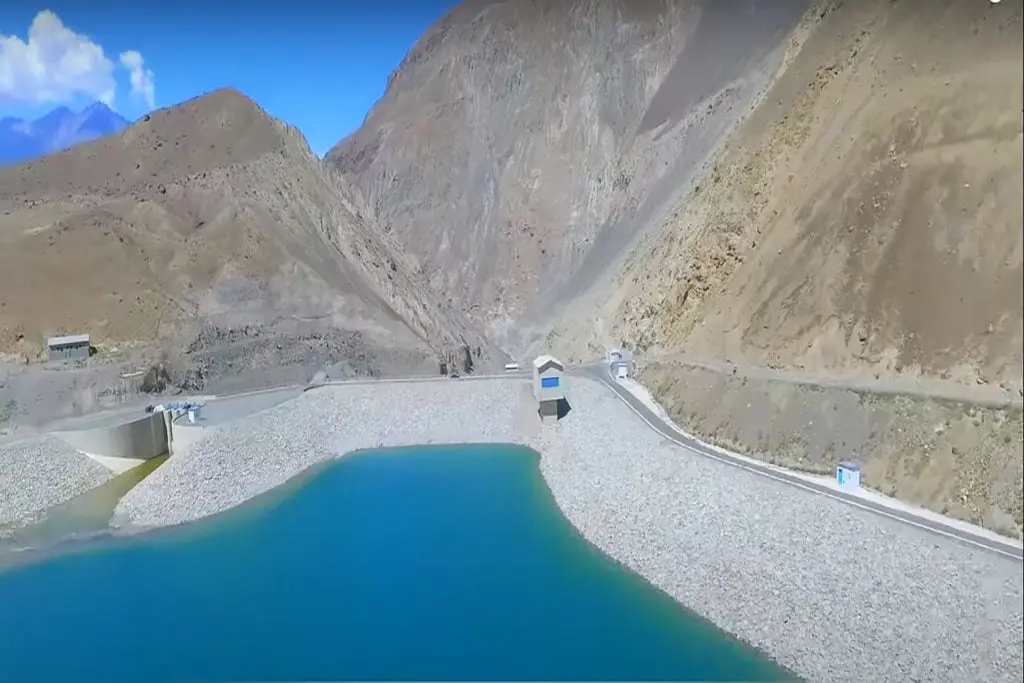The Karakoram Range, known for its awe-inspiring peaks and rugged beauty, is home to the Hispar Muztagh, a major sub-range that boasts some of the world’s highest mountains. Among these towering summits lies Kunyang Chhish East, a lesser-known yet remarkable peak that captivates all who venture into the region.
Kunyang Chhish Location
Kunyang Chhish is a majestic mountain peak located in the Karakoram Range in Gilgit-Baltistan, Pakistan. With an elevation of 7,852 meters (25,761 feet), it is the second-highest peak in the Hispar Muztagh subrange of the Karakoram, after Distaghil Sar.
Kunyang Chhish has a prominent place in mountaineering history due to its challenging terrain, difficult access, and technical climbing requirements. The first ascent of the mountain was made by a Japanese team in 1971, which included Michio Yuasa, Katsutoshi Hirabayashi, Yukihiro Yanagisawa, and Shoji Imanari. The climbers climbed the peak via the south ridge, which is considered the standard route to the summit.
A Spectacle of Grandeur
Kunyang Chhish East is part of the Kunyang Chhish massive, a group of peaks that includes Kunyang Chhish Main, West, South, and North. Although the peak may not have the prominence of its neighboring giants, its south-west face is an awe-inspiring spectacle. Rising to approximately 6,934 meters (22,749 feet), the mountain’s pyramidal shape and snow-covered slopes add to its mesmerizing allure.
Kunyang Chhish: The Hidden Peak
The name “Kunyang Chhish” translates to “Hidden Peak,” but it is essential not to confuse it with Gasherbrum I, which also bears the same nickname. Kunyang Chhish East is tucked away in the Hispar Muztagh, at the head of the Pumari Chhish Glacier. The glacier stretches north from the Hispar Glacier, ranking as the fifth-largest glacier in the Karakoram. To the north of the peak lies the magnificent Yazghil Glacier, surrounded by an array of ten peaks rising above 7,000 meters.
A Challenging Ascent to Kunyang Chhish
Kunyang Chhish East is not for the faint-hearted. Its difficulty level and technical challenges make it a daunting climb from all directions. The first successful ascent of the mountain was achieved in 20134 by a team of skilled climbers, including Simon Anthamatten from Switzerland and Hansjörg Auer, and Matthias Auer from Austria. They conquered the formidable south-west face, covering an approximate height gain of 2,700 meters during their expedition.
Since the first ascent, there have been several attempts by various international teams to climb Kunyang Chhish via different routes, but the success rate has been low due to the mountain’s technical difficulty and treacherous weather conditions.
One of the notable attempts was made by an American team in 2005, which attempted to climb the peak via the northwest ridge. However, the team was forced to retreat due to unfavorable weather conditions and difficult climbing terrain.
In 2012, a Polish team led by Marcin Kaczkan and Maciej Berbeka successfully climbed Kunyang Chhish via a new route on the northwest face of the mountain. The team faced technical difficulties and extreme weather conditions during the climb, but they persisted and eventually reached the summit.
Journey to the Hidden Gem
Reaching the Karakoram area is an adventure in itself. To access Kunyang Chhish East, one must first reach the Hopar Valley in Nagar, Pakistan. From either Karimabad or Aliabad in Hunza, one can arrange for a jeep ride to the village of Nagar. Further travel to the village of Hispar, located at the western end of the Hispar Glacier, is possible via another jeep. The road from Nagar to Hispar is privately owned, allowing only local Nagar drivers to use it.
Trekking through the Hopar Valley towards the base camp of Kunyang Chhish East is an unforgettable experience. The trail follows ablation valleys, offering stunning views of lush meadows and camping spots along the Hispar Glacier’s northern side. Although the Hispar porters are not known for their reliability, guided treks can ensure a smoother journey to the base camp.
Kunyang Chhish remains a popular destination for experienced mountaineers, who are drawn to the mountain’s technical challenges and pristine beauty. However, climbers must be well-prepared and equipped for the challenging climb, which requires technical skills and experience.
Apart from its mountaineering significance, Kunyang Chhish also holds cultural and religious importance for the local people. The peak is considered sacred by the local population and is believed to be home to powerful spirits and deities.
Preserving Nature’s Treasures
As interest in exploring Kunyang Chhish East grows, it becomes essential to embrace responsible tourism and conservation practices. The delicate ecosystem of the region must be protected to preserve its pristine beauty and cultural significance for generations to come. Local authorities and tour operators are working to promote sustainable tourism, ensuring that visitors can appreciate the splendor of this hidden gem without causing harm to the environment.
Kunyang Chhish East is a hidden treasure in the Karakoram, waiting to be discovered by the adventurous souls seeking the allure of high-altitude peaks. With its awe-inspiring south-west face and imposing presence, the mountain stands as a testament to nature’s grandeur. As visitors venture into the Hispar Muztagh and the Hopar Valley, let us remember the importance of preserving these natural wonders for the future, allowing others to be captivated by the majestic beauty of Kunyang Chhish East.
In conclusion, Kunyang Chhish is a challenging and awe-inspiring mountain peak that has attracted the attention of mountaineers and adventurers for decades. Its technical difficulty and treacherous terrain have made it a coveted destination for experienced climbers, and its cultural and religious significance adds to its mystique and allure. Despite its challenges, Kunyang Chhish remains a testament to the human spirit of exploration and adventure.

